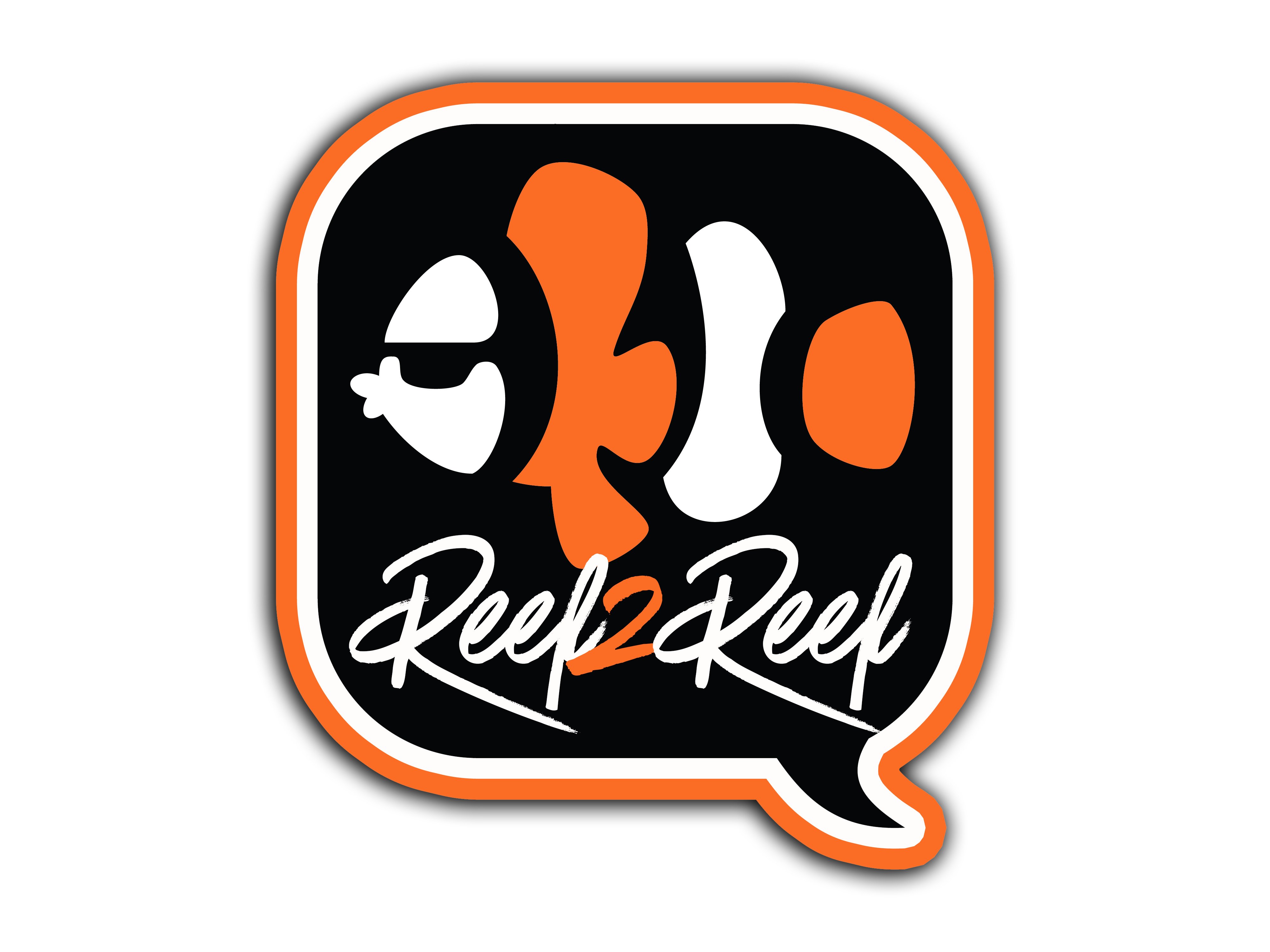By complicated methodologies are you referring to cryptic zones or something else? Please elaborate as best to grasp all the options.
Do a search on "Zero Discharge Septic Systems". These systems are able to treat sewage with the end result being potable water and some models are small enough for home systems. The problem I see using them is the same problem Haas' research (links in post #190) shows with increased microbial growth causing coral death.





















